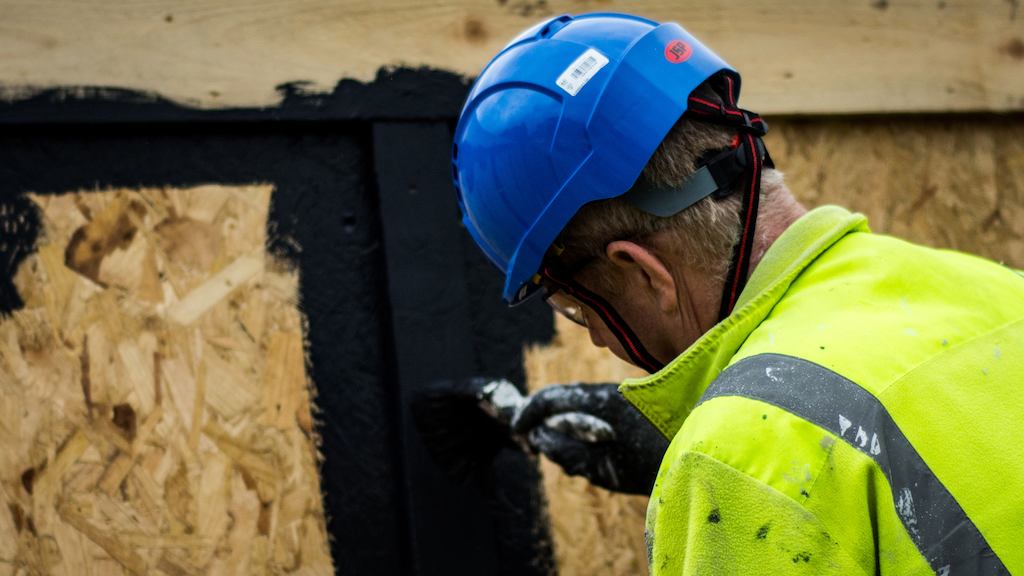While poor health isn’t inevitable as we age, there is an increase in the rates of long term health conditions with age. Almost half of the 3.7 million disabled people not in work are aged 50-64. Most disabled people aged 16-49 are in work, while most disabled people aged 50-64 are not.
Employers need to ensure that they are addressing the requirements of their employees, offering access to flexible working arrangements and taking preventive action to support good health in the workplace. Regular workplace assessments must become common place, and not just in order to tick a box.
Employees themselves also have a role to play. Many of us are inclined to believe that aches and pains are just a part of getting older. This stereotype of ‘inevitable decline’ with age contributes to both employers and employees failing to take early action. And although many slow-onset conditions, such as musculoskeletal conditions, are more common as we age, being aware of them and discussing any problems with employers provides an opportunity to identify deterioration early on and take preventive action.
Making use of the opportunities that arise from an ageing workforce, by providing more support and flexibility make for a happier, healthier and productive workforce. It also allows older workers to share skills and experience with their younger colleague. It has been shown that organisations who effectively manage mixed-age teams have staff who work well together towards common goals and form strong bonds with each other.
Although many employers now understand the need to support their older workers, there is still a lack of evidence-based guidance on how to do this. We are currently carrying out employer-focused research to better understand how we can make workplaces more age-friendly – one strand of which is improving the way that multi-generational workforces work together. We want to use the findings from this research to better inform employers on what works to improve employer practice, and get the full benefits out of an intergenerational workforce.
First published in the Institute and Faculty of Actuaries Intergenerational Fairness series on Health and Care.


